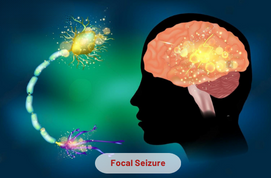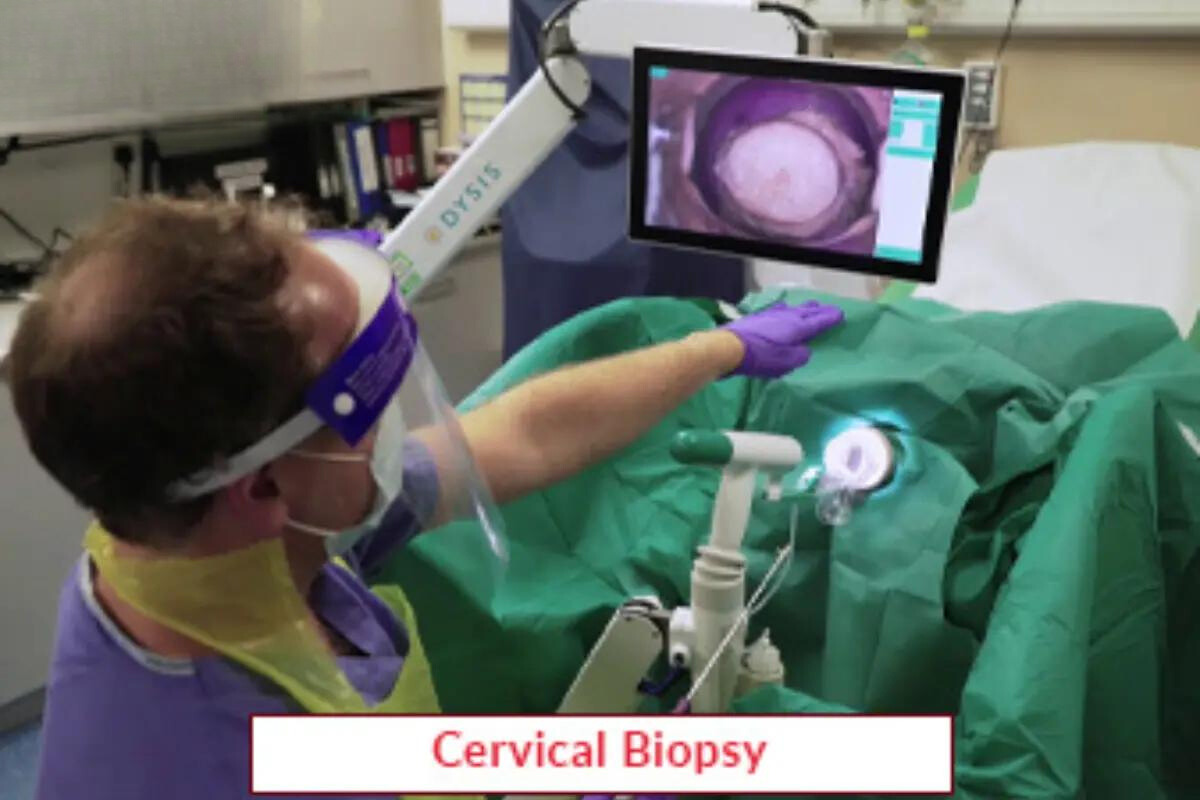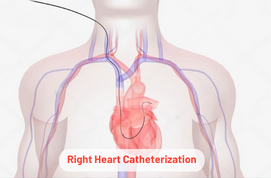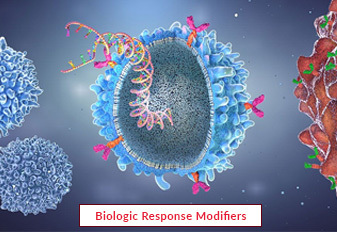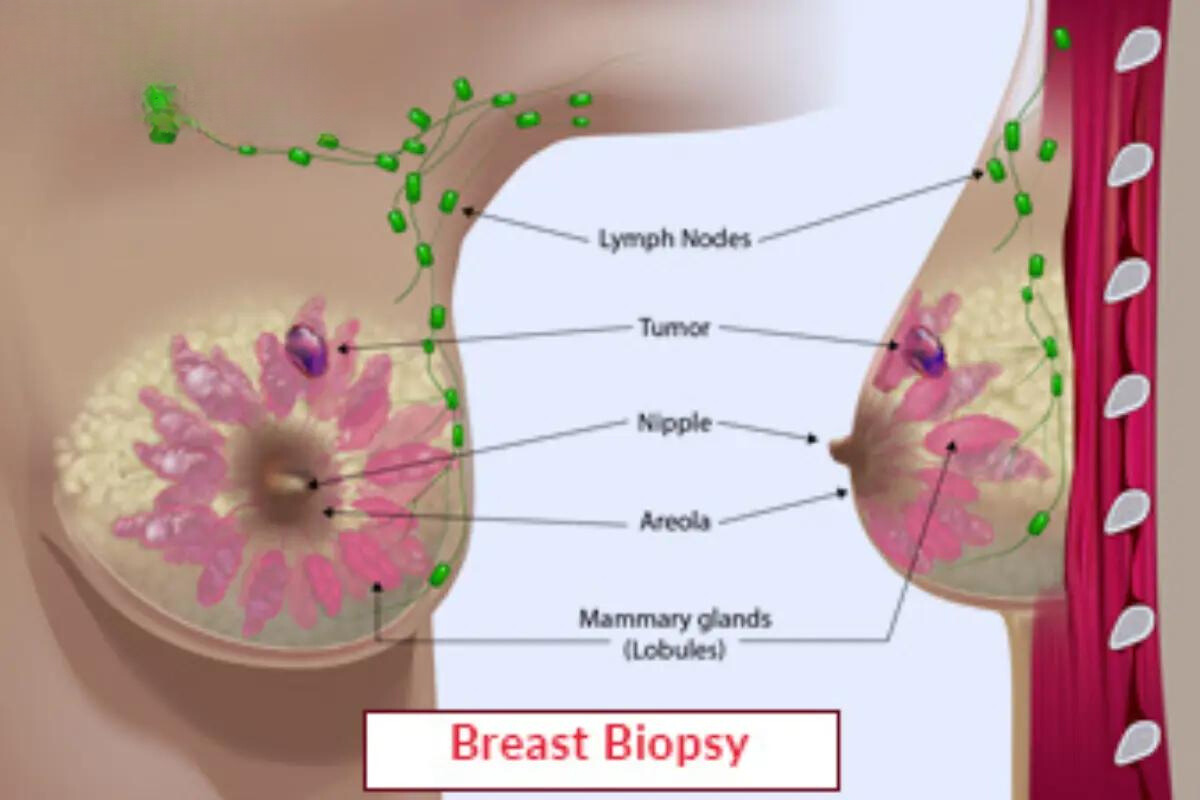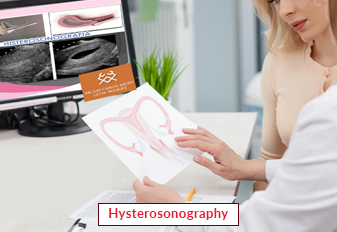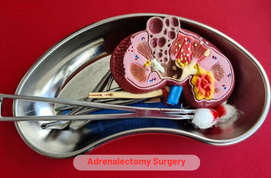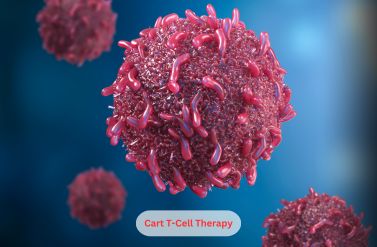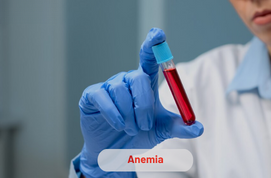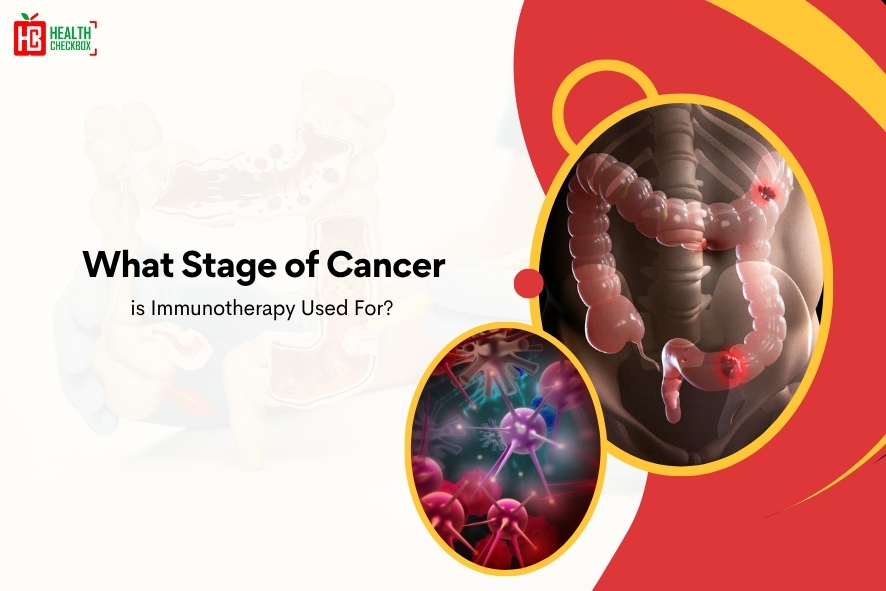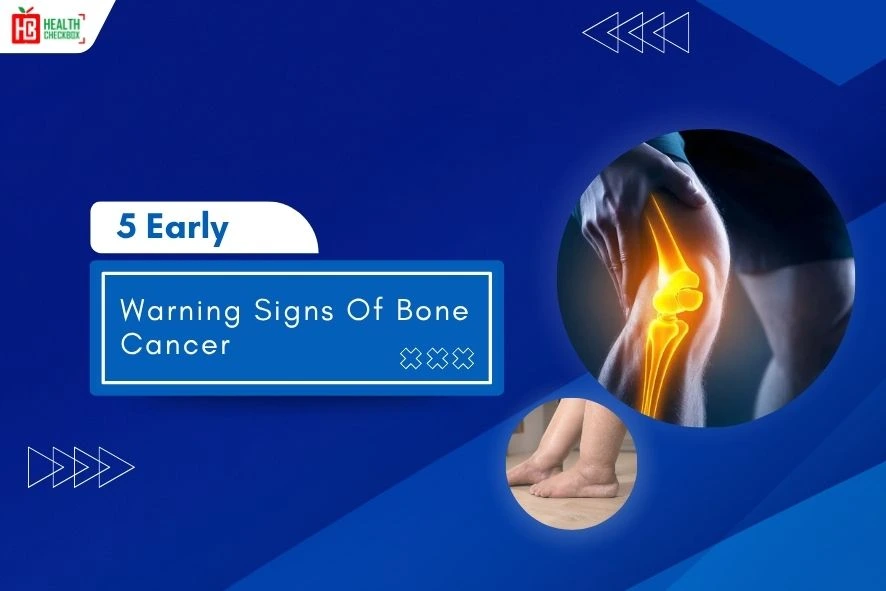A focal seizure is a neurological condition that can affect any individual and these are not contagious. However, specific conditions that cause focal seizures are genetic. Generally, there are two types of seizures, focal seizures and generalized seizures. Focal seizures just affect one side of the brain and body, and they are considered to be less severe than generalized seizures that affect both sides of the brain and body of an individual. Focal seizures are the common type of seizures with epilepsy and also known as partial seizures caused by head injuries, brain stroke, trauma, birth abnormalities, infection in the brain, etc.
These happen due to abnormal neutrons in a certain part of the brain. When a person experiences focal seizures he/she usually remains conscious and aware during seizures. There are certain ways and medication for focal seizure treatment however, monotherapy with anticonvulsant medication is the initial and preferred treatment. Although, the choice of medicines must be tailored to the needs of the patient. Considering factors such as age, sex, and comorbidities.
What Causes Focal Seizures?
Focal seizures can occur due to many reasons these include:
- Brain tumor
- Lack of oxygen supply in the brain
- Arrhythmia
- Aneurysms
- Brain injury
- Sudden drug and alcohol withdrawal
- Genetic disorders
- Degenerative brain diseases
- Trauma
Focal Seizures Symptoms
Focal seizures vary according to which type of seizure an individual is suffering with also seizure location in the brain. Usually, there are three main types of seizure, focal aware seizures, focal impaired awareness seizures, focal to bilateral tonic-clonic seizure. Hence, focal seizures come under four different categories these groups are motor, sensory, autonomic, and cognitive.
Focal Motor Symptoms
These types of symptoms affect the face, hands and toes of one side of the body. It involves twitching, jerking muscle movements, uncontrolled tightening up of muscles and automatic movements. Focal motor symptoms can also affect the whole body parts. These seizures initially start in small parts and then spread to other body parts. Many people experience paralysis in their affected body parts after focal motor seizures. However, this is a temporary effect but can last for several hours if not get treatment on time.
Focal Sensory Symptoms
When an aura affects your brain neurons, the neurons mistakenly act like they’re getting actual input which makes an individual think something when it doesn’t exist in the actual world. These types of symptoms are called hallucinations and it can affect all five senses of the human body. These symptoms involves:
- Visual: experiencing bright lights, flashes or distortion.
- Hearing: Hearing unusual sounds and noises.
- Smell: Sudden and unexpected smell, something that is not there.
- Taste: Experiencing unusual taste that does not exist.
- Touch: Strange feeling underneath the skin in a specific part of the body, it may feel like pins and needles, tingling or crawling.
Focal Automatic Symptoms
Focal automatic symptoms affect the brain system and run it automatically. For instance:
- Sweating
- Generate too much saliva
- Skin color changes
- Gastric uprising
Focal Cognitive Symptom
Focal cognitive symptoms make you feel following symptoms:
- Negative emotions like fear, anger, irritation, mood swings, anxiety and agitation.
- Positive emotions such as sudden joy, over excitement, and uncontrolled laughter.
- Disruption in reality, dream-like feelings and flashbacks.
Diagnosis for Focal Seizures
Generally, neurologists diagnose focal seizures based on the symptoms one is experiencing. To confirm and detect the stage of the condition the neurologist recommends some tests to diagnose the seizures. The main purpose of diagnosing focal seizures is finding the focal point, a specific part where the seizure(s) started. Locating the focal point can greatly help with treating focal seizures. Some possible tests with seizures include:
- Blood test to check immune system problems.
- Electroencephalogram (EEG)
- Video-EEG monitoring
- Magnetic resonance imaging (MRI)
- Intracranial EEG monitoring with subdural electrodes, depth electrodes or Stereo-EEG (SEEG)
Treatment Options for Focal Seizure
There are different approaches to treat seizures, including medications, surgery, advanced treatment methods and many more. The primary goal of the treatment for focal epilepsy is to eliminate seizures permanently. Treatments for focal epilepsy may include:
- Medications: Seizures can be controlled through certain medications like corticosteroids and anti-seizure medications.
- Surgery: If the seizures are found to be the result of a brain lesion, then surgical removal of the lesions can bring improvement in an individual’s health.
- Ketogenic diet: A healthcare provider may suggest a ketogenic diet to control seizures. This type of protein rich diet actually helps in reducing seizures.
- Metabolic treatment: If the seizures are found to be caused by an underlying metabolic condition, treating the cause of the metabolic problem can help minimize the seizures.
- Deep Brain Stimulation: The treatment involves using a device implantation into the body with wires connected to specific parts of the brain. The device provides a mild current as per the body needs to provide relief in seizures.
Latest Health Tips
Can Immunotherapy Cure Stage 4 Lung Cancer?
Early Signs of Cervical Cancer
Foods that Kill Cancer: Leafy Vegetables, Grains, & More
What Stage of Cancer is Immunotherapy Used For?
Which is Worse for Cancer, Sugar or Alcohol?
Vaccines That Prevent Cancer
What Kills Cancer Cells in the Body Naturally?
5 Early Warning Signs of Bone Cancer
Submit Your Enquiry
Testimonials








